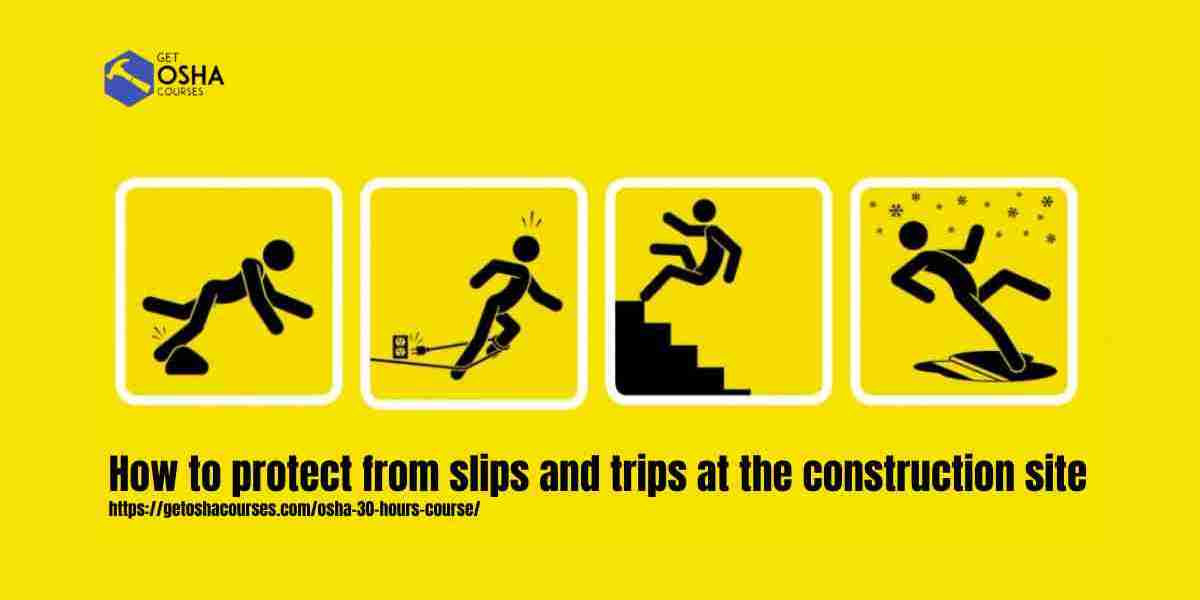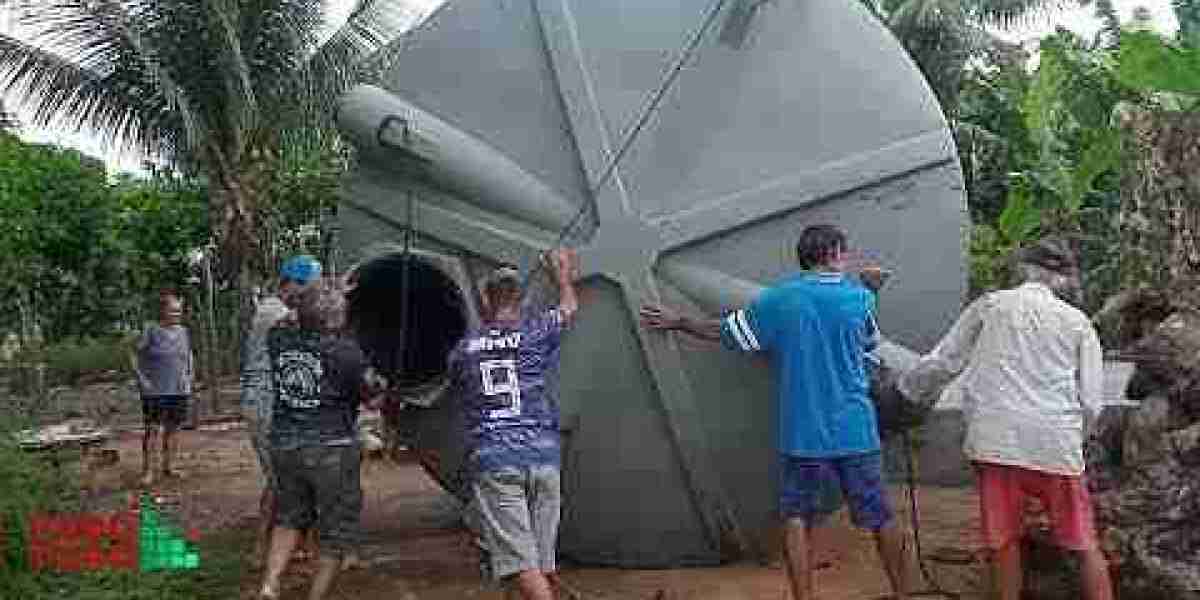At a construction site, workers are always busy and moving about. Tools, machines, and other materials can cause slips, trips, and falls that may result in injurious consequences. According to the Occupational Safety and Health Administration (OSHA), construction sites fall in the risky category where incidents of falls, slips, and trips are quite high. Nevertheless, with appropriate control measures put in place by both the construction site managers and the workers, these matters can be significantly improved.
This blog intends to mainly look at the various ways in which we can help workers avoid falls and trips on the construction site. We will also discuss how OSHA safety courses and OSHA 30 online can keep workers safe.
Most Common Causes of Slips and Trips at Construction Sites
1. Uneven Surfaces The construction sites are riddled with items such as holes, trenches, and even debris that can create tripping hazards along with being unstable and slippery. Further, during rainfall sleek surfaces can also enhance the risk of slipping.
2. Walkways Being Obstructed Tools and equipment that are placed indiscriminately in the aisles can result in an obstruction of movement that leads to tripping. The failure to maintain proper hygiene and waste disposal is one of the most common causes of trips and slip accidents on a construction site.
3. Insufficient Shoe Employees who do not wear the appropriate footwear are more likely to slip or trip. Shoes with low slips tend to be unsupported, which will make people have greater chances of getting into accidents, especially when walking on slippery wet, or oily floors.
4. Stairs And Ladders In Construction Areas Not Properly Maintained The use of stairs and ladders is quite common in construction sites for accessing different floors. If not well taken care of, or if used improperly, these structures expose workers to trip and fall dangers.
5. Loose Pieces Or Spills Oil, liquids such as water, or any other fluids on the floor create the potential to slip and get injured. Other minor objects like nails and loose wires constitute the small debris that may lead to tripping and falling.
How to Avoid Slips and Trips While Working on a Construction Site
1. Regular Inspections and Housekeeping To eliminate the potential of slips and trips occurring, one of the easiest ways to do this is to regularly clean and keep the construction site organized. Make sure to check thoroughly on passable areas, floors, and places where there is a high chance of a hazard. Tools, trash, and other materials that can hinder movement should be cleared away. Furthermore, all rough surfaces should be fixed as soon as possible.
2. Proper Signage Visually noticed signs illustrating barriers should be put in place in and around areas cut out for tripping potential risk. Wet floors, rough edges, and under-construction zones should all have visible warnings so workers are fully aware of areas that can cause them danger.
3. Use of Non-Slip Mats and Surfaces Slippery areas or workstations and even around machinery should have non-slip mats set up. Non-slippery surfaces should also be placed along ramps and stairs to reduce the chances of accidents occurring.
4. Proper Footwear All workers should be supplied with the correct footwear suited for the construction environment. Overhead protection construction problems say that proper shoes also include those meant for slip-on and have enough cushioning to guard against injuries from falls and tripping.
5. Training on Hazard Awareness Employees need to be educated regarding the risks that exist with slipping and tripping, and every worker must be trained on how to avoid these dangers. Safety meetings and training sessions should be carried out regularly so that employees understand the need to report unsafe conditions, clear obstructions from pathways, and recognition of hazards.
Completing OSHA programs is an excellent way for workers to focus on understanding how to avoid tripping at a job site. OSHA training for construction workers offers specific help in dealing with some of the common hazards that construction workers face, such as slip and fall hazard prevention and effective control measures for other risks.
6. Maintain Ladders and Stairs Ladders, staircase, and scaffolding should be checked periodically to make sure that proper standards are followed. All ladders should have non-slip rungs, and steps should be free of debris. Stairs should be well-illuminated at all times. Employees should be taught how to use ladders and stairs by observing OSHA construction standards.
How OSHA 30 Online Can Help You
OSHA 30 online is pivotal in reducing trips and slips in construction sites. The course is concerned with the proper identification of hazards, as well as precautionary practices that can be put in place to avoid injuries on site. OSHA safety courses teach workers the skills that enable them to spot potential slip and trip risks.
Employees are also trained to report unsafe conditions. This training makes it possible for potential risks to be dealt with before any accidents happen. With OSHA 30 construction training, employees are trained to recognize frequent hazards and take action to reduce risks, making it possible for everyone to work in a safe environment.
Prevent Slip and Trip Accidents Now
To avoid slips and falls, construction managers and workers must adopt specific safety measures. Routine inspections, good housekeeping, appropriate signage, and adequate footwear, among others, go a long way in averting these incidents. OSHA 30 online is tailored in a way that teaches employees best practices to mitigate slips and trips comprehensively.
Don’t wait for an accident to happen: ensure that your team is trained on how to identify and handle problems. OSHA 30 Training can be completed today to keep your construction site compliant and up to standard.
Conclusion
Construction sites are prone to slips and trips, but those accidents can be avoided. With proper training and procedures in place alongside the right tools, these incidents can be reduced. If you enroll your team in OSHA safety courses, like the OSHA 30 online, you'll give them the education required to avoid safety hazards. Take action and prioritize the safety of your team. Prevent these accidents before they happen.
Additional Resource
Visit here to learn about noise pollution on construction sites.






